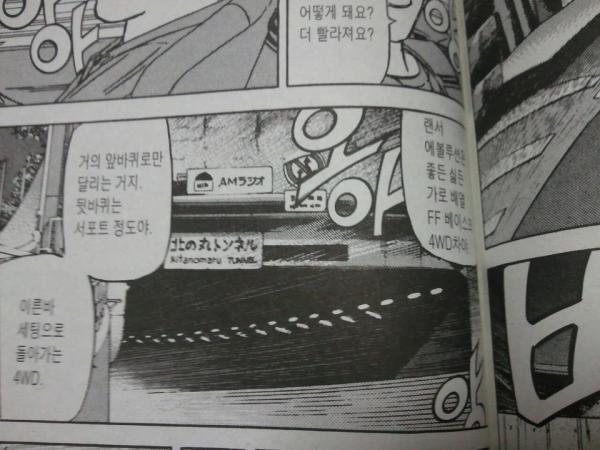
논스톱죽어도좋아(완간 미드나이트 한글판)의 18권에 나오는 내용입니다.
랜서에볼루션은 좋든 실든 가로배치 FF 베이스의 4WD차야.
거의 앞바퀴로만 달리는 거지.
뒷바퀴는 서포트 정도야.
이른바 세팅으로 돌아가는 4WD.
나름 차에 대한 평가가 상당히 잘 나와 있는 만화라고 알고 있습니다.
정말..
만화에 나온거처럼..
정말.. 거의 앞바퀴로 달리고.. 뒷 바퀴는 서포트 정도 일까요??
다른 FF베이스의 4WD의 차량(아우디, 레전드 등)도 이런 평가를 받고 있나요??